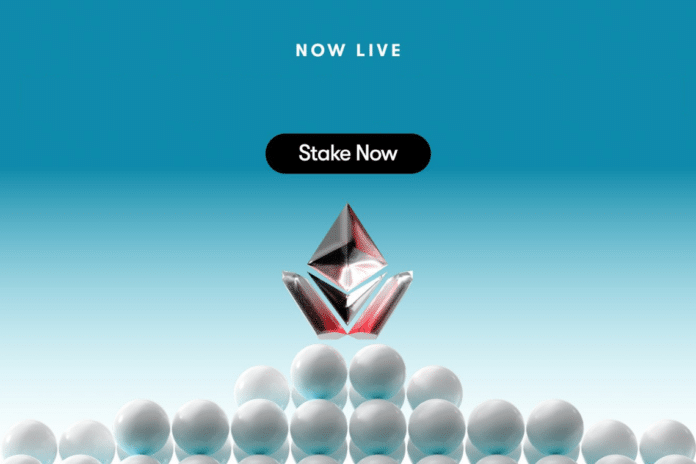Today, Mantle announced the launch of its new Mantle Liquid Staking Protocol (LSP).
This is a non-custodial and permissionless liquid staking protocol for ETH, distributed on the Ethereum layer 1 and governed by Mantle.
Summary
Liquid staking arrives on Mantle
To stake on Ethereum, you need to lock your ETH on a validator node.
This makes it impossible to use those ETH as long as they are locked in staking on a node, and for this reason liquid staking has been created.
In addition, in the event that they are demobilized to be retrieved, they must go through a release period that effectively makes them inaccessible for a certain amount of time.
If we also consider that there are blockchains with 70% of the coins locked in staking, we realize how problematic staking can be in the absence of solutions like this. staking.
The solution proposed by liquid staking is to allow users to obtain liquidity corresponding to the amount of coins immobilized at the time of immobilization.
Simply put, instead of locking the coins on a validator node, the user deposits them into a staking contract that in return releases an equal amount of derivative tokens to the user.
In fact, the derived token guarantees instant liquidity and can be traded immediately. Of course, it will be necessary to return it in case you want to redeem the coins immobilized in staking.
The risks of liquid staking
This modus operandi however adds an extra level of risk.
In fact, there is no guarantee that the derived token obtained has the same market value. Furthermore, it is not even certain that the staking contract works perfectly.
So there are three additional risks in particular.
The first is that the staking contract may not work correctly.
The second is that it is not possible to use the derived token with the same value as the immobilized coins.
The third is that there may be issues in redeeming the immobilized coins if there are problems with the staking contract.
However, there are liquid staking protocols that have been working well for some time.
Mantle LSP: the new liquid staking protocol
Mantle LSP for example has just under 43 ETH in staking for now, compared to over 9.3 million Lido.
Furthermore, it offers an APY of 3.6% comparable to that of other similar protocols.
By staking ETH on Mantle LSP, you receive mETH tokens (Mantle Staked Ether) in return, which can then be redeemed for the staked ETH and its corresponding earnings.
Mantle Network is an Ethereum rollup, and it has a roadmap governed by the holders. It also has its own DEX, Mantle DEX, and its own stablecoin, USDY.
The goal of Mantle LSP is to maintain a high core performance, through the exploration of maximum extractable value (MEV) and the sharing of Mantle Treasury’s yield.
The protocol uses a modern design that ensures the convertibility of mETH to ETH directly on the layer-2, without additional complexities like other tokens or PoS chains.
In addition, as a Mantle Core product, it shares synergies with other products and applications in the Mantle Ecosystem.
Staking on Ethereum
Since its launch in September 2022, ETH staking has achieved tremendous success.
Currently, there are more than 28.3 million ETH in staking, out of a total of 120.2 million existing ETH.
Since the ETH placed in staking cannot be used for any other purpose, it is an important outcome. Liquid staking has certainly helped a lot in this regard.
The current APR is 3.8%, but this only applies to those who stake directly on a node. In total, there are almost 900,000 validators.
The fact is that those who hold ETH in the long term can simply put them in staking whenever they want, receiving about 3.8% more per year in return, and being able to withdraw them whenever they want, provided they wait during the unstaking period.
This encourages many holders to opt for this solution, in case they do not want to use their ETH in any other way.




